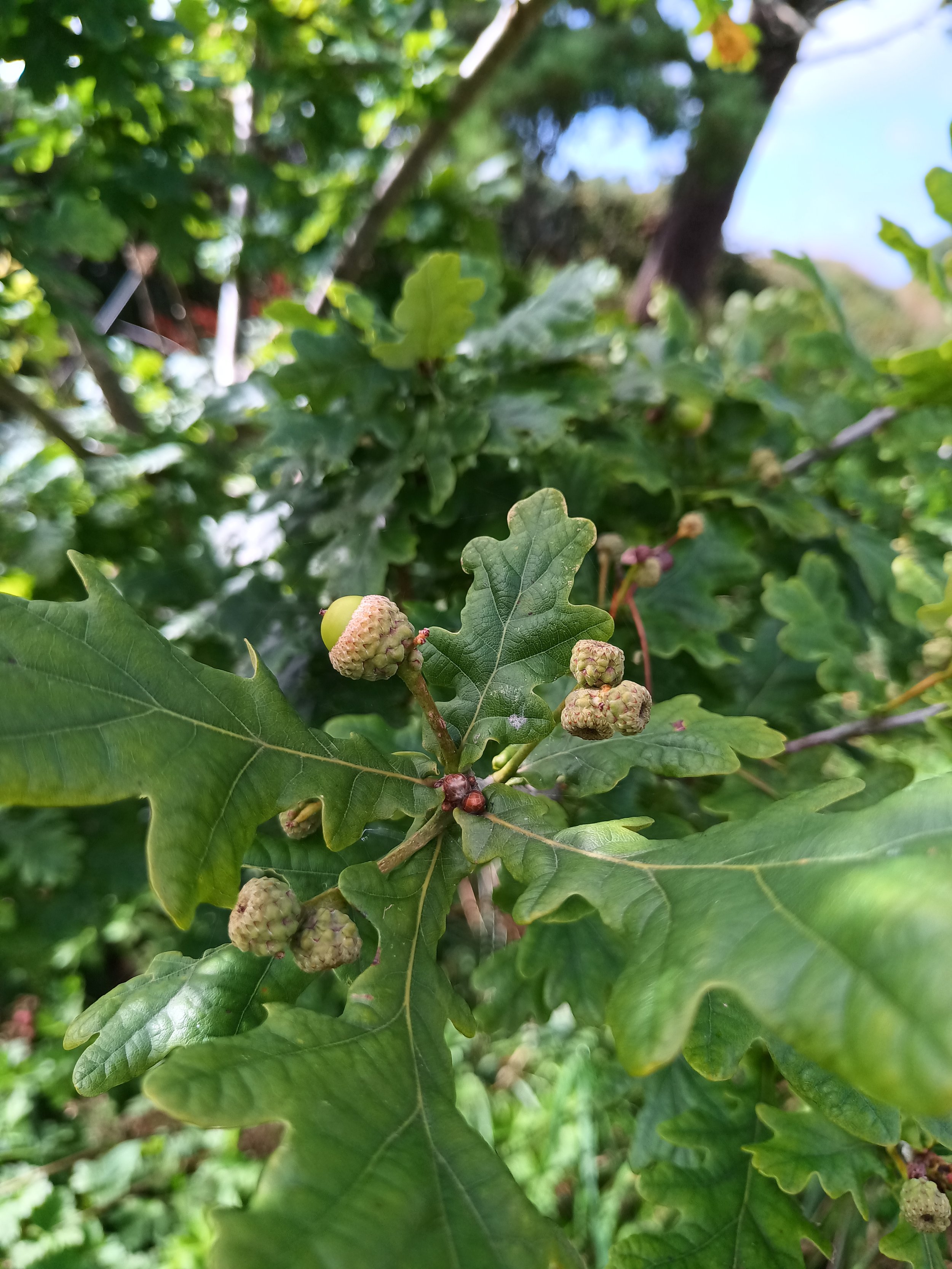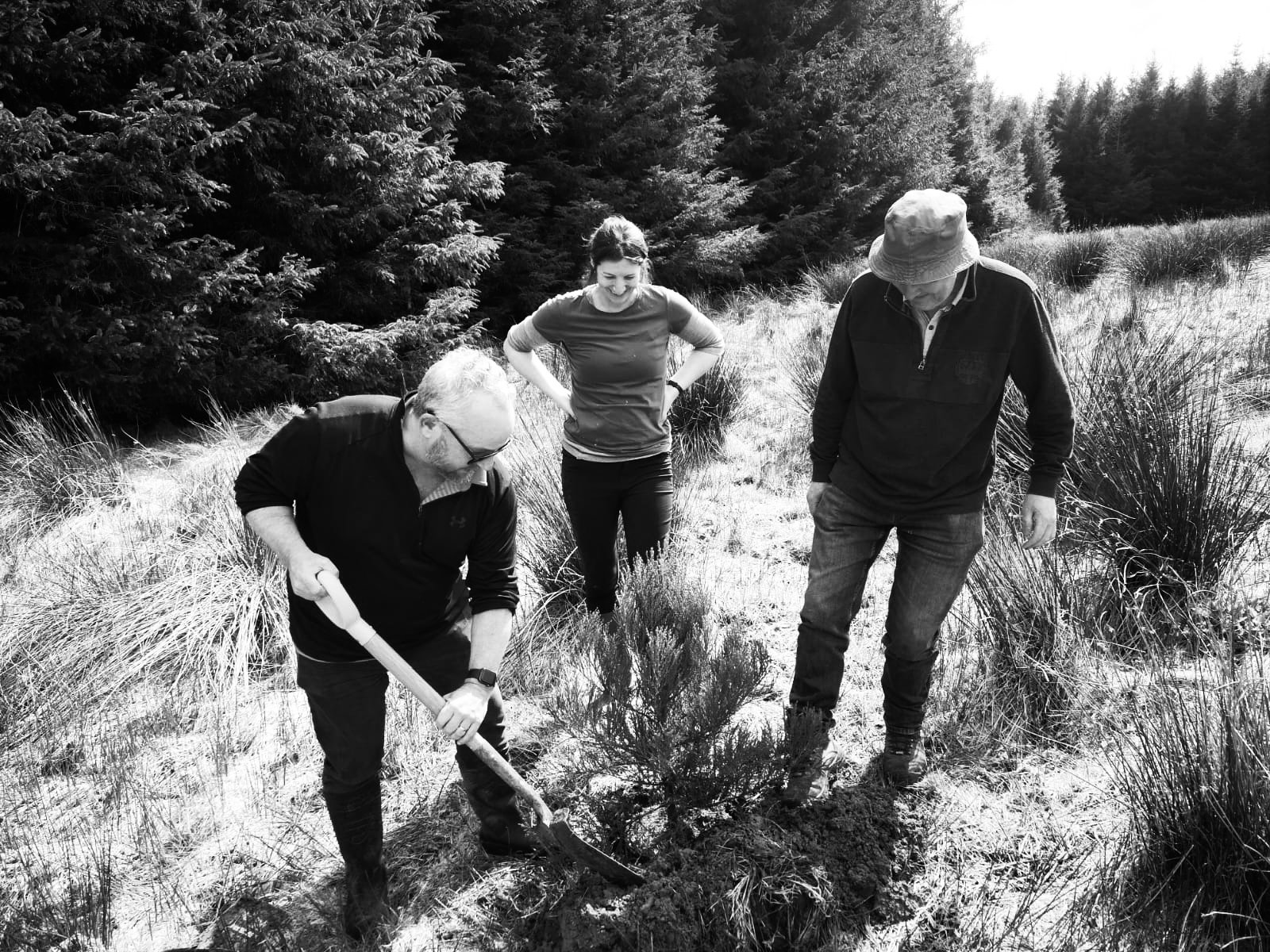
Stories
Blog categories
- Awards
- Bats
- Bees
- Biodiversity
- Birds
- Carbon Sequestration
- Climate News
- Cloudforest Trees
- Community News
- Conservation
- CoolPartners
- Education
- Events
- Gifts
- Green Energy
- Habitat Creation
- Insects
- Love Nature
- Native Woodlands
- Our Forests
- Project Updates
- Sustainability Goals
- Teams/Sponsorship
- Technology
- Tree Planting
- Urban Forests
- Videos/Timelapse
- Wildflowers
- Woodland Management
Spruce and storms
A visit to Cloudforest Four got us thinking about how we’ll manage spruce in our own forests
The Yew Tree
One of the few evergreen trees native to Ireland, the Yew is planted in our first Gift Tree Grove at Cloudforest One in Lahinch.
The Crab Apple Tree
Crabapple trees are stunning ornamental flowering trees. Crabapple flowers come in spectacular shades of pink, white, cream, purple, orange, and red. Crabapple trees produce small fruits called crabapples that generally have a tart taste. We have planted Crab Apple Trees at our gift grove on Cloudforest One.
The Holly Tree
The Holly Tree Is Planted On Our Cloudforest One and CloudForest Five Sites
The Olive Tree
The Olive Tree is a beautiful, symbolic & historic tree that can be found scattered throughout human history. From ancient civilisations like The Phoenicians in the 16th century BC to the fall of the Roman Empire, the majestic Olive Tree has been a pillar of many Mediterranean civilisations which have been crucial in the destiny of mankind.
Guelder Rose
Guelder rose is a deciduous, upright shrub. Guelder-rose usually grows by lakes and in hedgerows. They sometimes reach as high as 4 meters.
Wild Cherry Tree
The Wild Cherry Tree (Crann silín fiáin) is one of Ireland's most attractive native trees. Its beauty, and its fruit, have made it one of Ireland’s most respected, protected trees throughout history & it continues to be a popular tree around the country today.
Its scented flowers are particularly appealing to insects & it’s easily recognizable, white cherry blossoms are a joy for any fortunate individual who may lay eyes on them.
The Larch Tree
Although Larches aren’t native to Ireland (or Britain), it is relatively commonly planted in Ireland. The European Larch is native to mountains of central Europe, upland areas in France, Germany and Austria. Larches have woody trunks & stems, needle leaves and a waxy coating that keeps the leaves from losing water which is all characteristic of conifers. But, unlike other evergreen Conifers, they are deciduous, meaning they drop their leaves for part of the year. It is known to be the only deciduous conifer in Europe & the majority of deciduous conifers in other continents are related to them in one way or another.
The Horse Chestnut
Although it is well known in Ireland & has been widely planted in parks & garden across Ireland, the Horse Chestnut Tree (Aesculus hippocastanum) is not a native Irish Tree. In saying that, one could argue that after over 200 years of being found in Ireland, the Horse Chestnut Tree has long been naturalised to the Emerald Isle.
The Birch Tree
In Celtic times, the Birch tree was a symbol of love, with Birch branches frequently being placed above cradles in order to protect the baby within. Birch was also known to symbolise renewal and purification. Commonly known as a ‘Pioneering Tree’, Birch is seen as an opportunist which takes over areas that have been abandoned or have been newly cleared. This was how it spread across Ireland thousands of years ago.





















